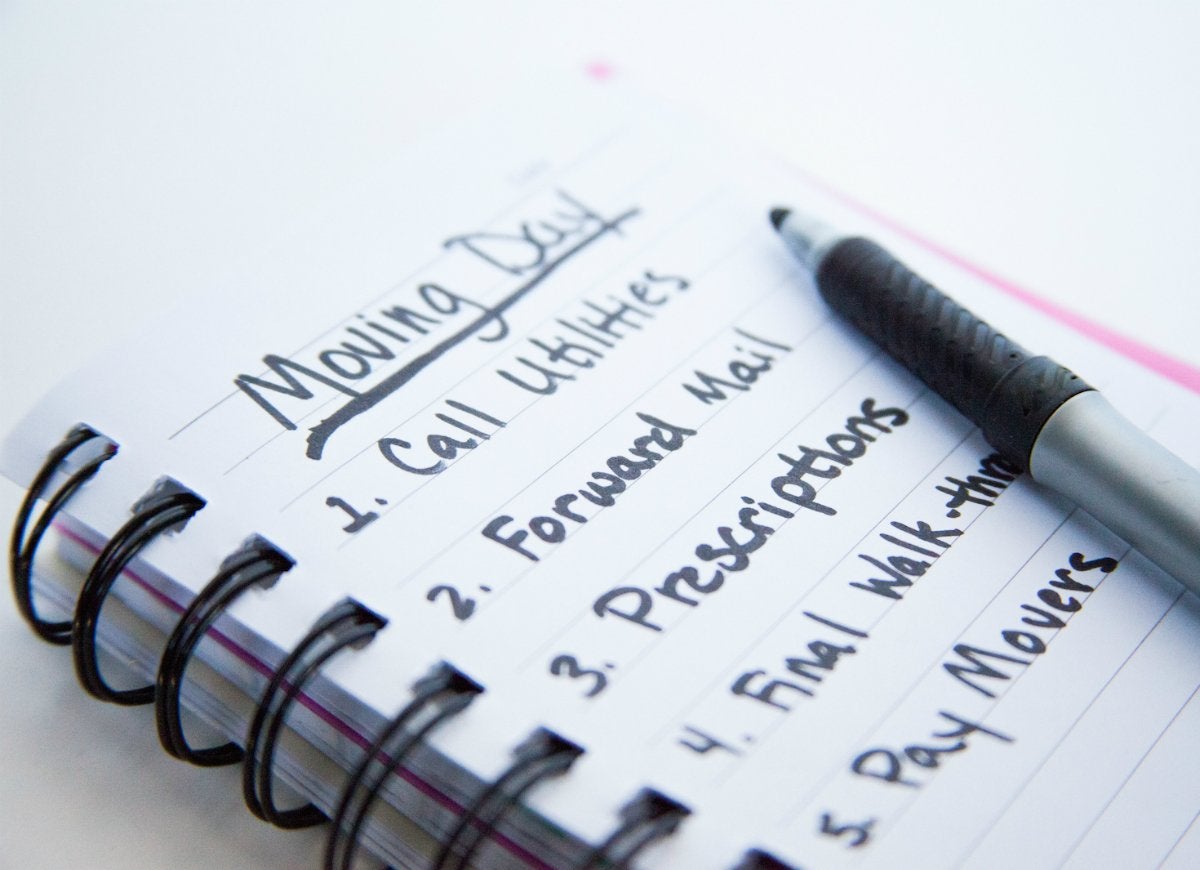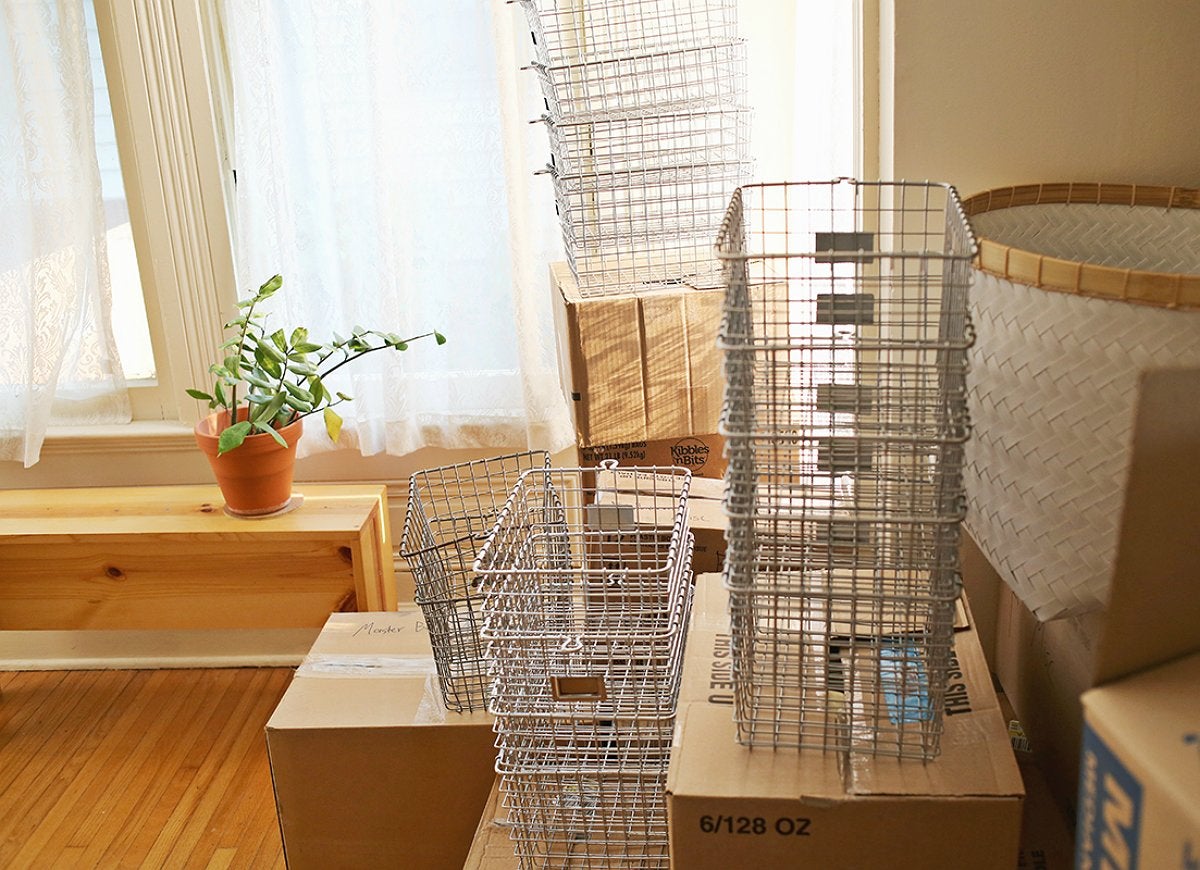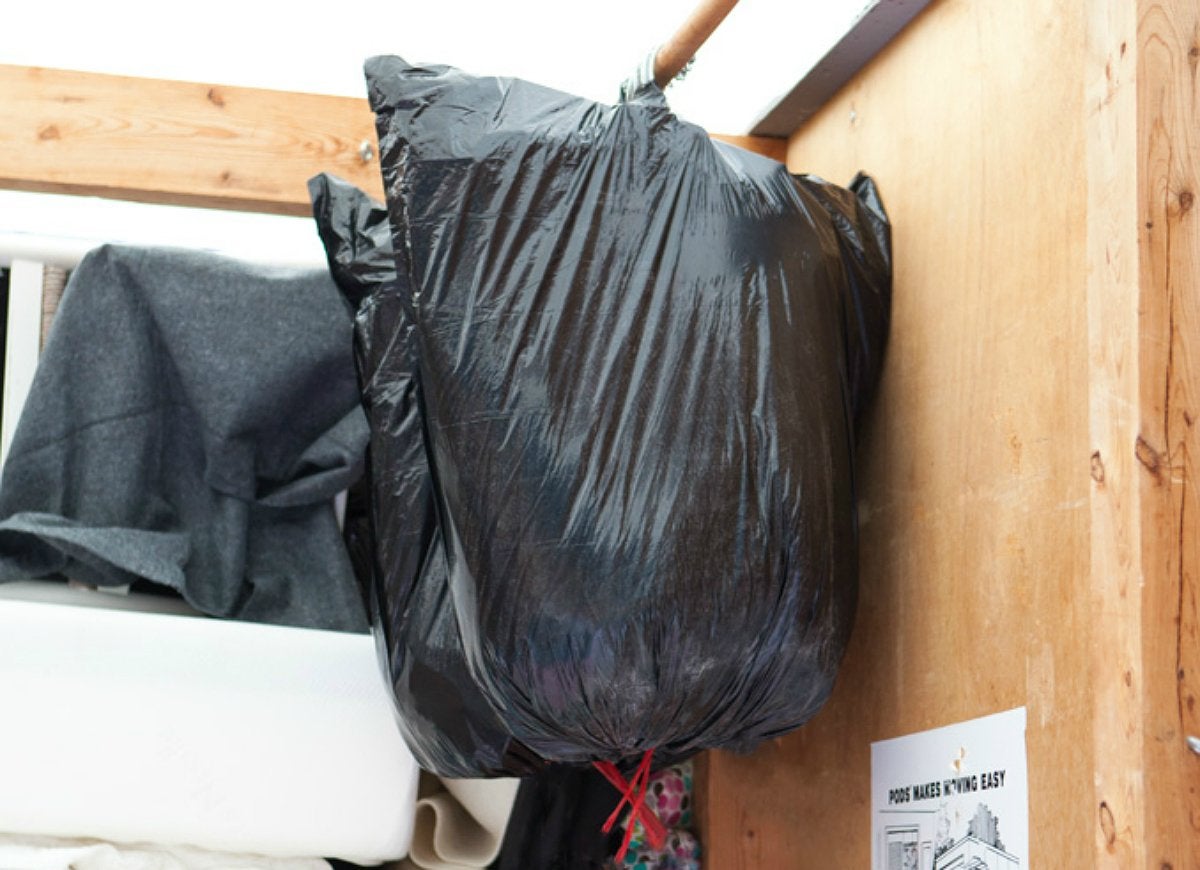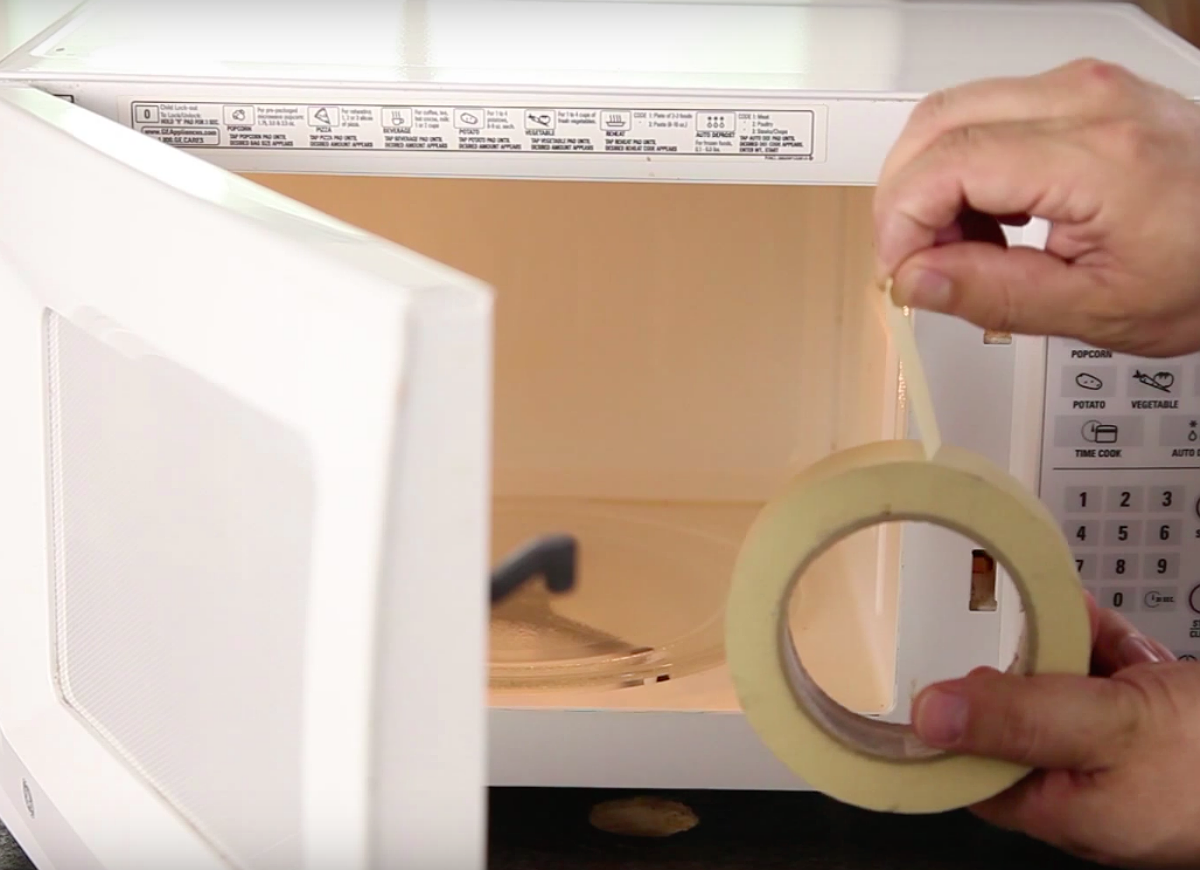

We may earn revenue from the products available on this page and participate in affiliate programs. Learn More ›
Home Advice You Can Trust
Tips, tricks & ideas for a better home and yard, delivered to your inbox daily.
Smart Move: Plan Early

Many movers’ rates rise during the peak moving seasons of spring and summer. Rather than pay a premium to hire a pro or rent a truck in those popular months, take this time to comprehensively plan for your move. Not only will you skip the stress of a last-minute move, but you will also be able to stretch your budget by capitalizing on early-bird deals on packing supplies, vehicle rentals, and movers.
Ensure Relocation Recall

Flickr via Guy Kilroy
No matter how good your memory may be, you’re bound to forget one or two items on your moving to-do list—unless you put them on paper. Prepare a checklist of essential tasks and post it on a bulletin board, in a planner, or on a trusty phone or tablet.
Get a Break for Giving

Donating unwanted items to charity isn’t simply a great way to declutter while giving back to the community. If you donate to a qualified charitable organization, your generosity may also be rewarded with a handsome tax break.
Pack It Up for Free

While you can’t avoid packing for a move, you can avoid having to shell out cash for boxes. There are a number of local venues, from office supply stores to home improvement centers, where you can acquire cardboard boxes for free. If that fails, consider checking websites like Craigslist or Freecycle to see if other users have posted listings for free moving boxes.
Think Outside the Box

When the moving boxes fill up, think outside the box by repurposing existing containers for overflow storage. Wire or wicker baskets can be filled with small, lightweight housewares and then stacked for easy transport to your new digs.
Prevent Leaks

After hopping a ride in a moving truck, toiletries and other liquids can leave behind a sticky mess in the box—and on everything else in it. Before packing leak-prone liquids, remove the cap, then cover the open top with cling film and replace the cap to seal the deal on a hassle- and mess-free move.
Fit to Be Tied

Winding and storing your collection of cords before you move is a no-brainer that goes a long way toward preventing damage to cables and wires. The trouble is, many cords look nearly identical, which makes it difficult to match them quickly to the right electronic devices once you’ve unpacked. Try this no-tangle trick to prevent cord chaos: On packing day, wrap and tie together cords for similar devices, then label them to ensure that they’ll be as easy to identify as they are to plug in.
Roll a DIY Bookmobile

Flickr via seasonalplume
Enlightening as your personal library is, come moving day those beloved books will be a heavy burden to lug out of the house. Take books, binders, and other hefty belongings for a lift in wheeled suitcases to give your back a break while you transport your old favorites to the new space.
Keep Your Must-Haves Handy

Flickr via planningqueen
Hack a backpack by filling it with all the toiletries, electronic essentials, and creature comforts you will need to enjoy a restful first night in your new home. Keep the bag separate from other boxes and suitcases in transit so these must-have belongings will be close at hand even if other items are delayed or lost.
Label Wisely

Certainly use a labeling scheme when packing boxes, but don’t label the tops of the boxes. If you do, you’ll be stuck with a cardboard conundrum once the boxes are stacked and it’s time to unpack. Instead, label the sides of boxes to make them easier to identify and move on to the right room.
Sort by Color

Forgo the classic system of packing similar items together in favor of this time-saving technique: Pack boxes not by item type, but by room. Then, stick color-coded labels to the sides of boxes. With the aid of a key that links each color to a room, you can quickly send each box to its correct destination without having to decipher its scrawled label.
Protect Your Plates

Beautiful but fragile, ceramic and glass plates are often the first items to crack or shatter during a move. Instead of stacking plates on top of each other in a box, pack them vertically like vinyl records, separating individual plates with a cushion of fabric or paper to prevent a bump in the road from damaging your dinnerware.
Snap a Picture-Perfect Port

Figuring out which cords plug into which ports on your devices can make you want to pull the plug on your digital life altogether. Fortunately, the solution lies in your pocket: Pull out your phone and snap a picture of the cable setup before disconnecting it. When you arrive at your new home, mimic the arrangement in the photo to quickly hook up TVs, sound systems, and other electronics.
Garbage-Bag Your Garments

Helpful on more than just trash day, garbage bags can also serve as in-a-pinch garment bags for transporting your wardrobe on moving day. Slip the bags over suits, dresses, or other hanging attire, and then reuse them in your new digs to discard unwanted packing supplies or boxes.
Conquer the Closet

A move offers the perfect time to rid your home of outdated garments. If you can’t part ways with some cherished though outdated outfits, vacuum-seal them as a space-saving solution for a cramped closet.
Keep Records of Expenses

The process of moving is fraught with expenses, from movers’ fees to storage rental costs. Astute movers may find, however, that many of these costs can be offset through tax deductions. If you conscientiously document moving expenses as you incur them, you can accurately and confidently deduct eligible expenses come tax time.
Food for Thought

Don’t get stuck having to throw out leftover food before you move out. Instead, curb your grocery shopping in the final two weeks in your old residence. That way, you will consume what you already have—and avoid wasting food stashed in the fridge, pantry, or cabinets.
Update Your Mailing Address

Nothing darkens the door of your new dwelling more than the notice of an overdue bill that you never received. A few weeks before you move, visit the post office to update your mailing address so you can avoid shelling out a pretty penny in late payment fees.
Fastener and Furious

A few loose—or worse, misplaced—screws are all it takes for your favorite piece of furniture to wobble or collapse. When taking apart large furniture before moving, place the hardware in ziplock bags labeled with their contents. Tape the bags to larger furniture components so you can find them easily and breeze through assembly at your new home.
Make It Stick

Past its prime, a roll of masking tape hardens and becomes nearly unusable. But one quick warm-up exercise can prepare it for hours of packing: Microwave the roll for 25 seconds to reactivate the tape’s adhesive properties. When you remove the roll from the microwave, the tape will be ready to tear and stick to any cardboard box!
It's a Wrap

Are foam peanuts and bubble wrap your go-to packing pals? Plastic grocery bags, newspaper, or bath towels can be more affordable but equally effective alternatives. Simply wrap fragile items in these humble materials to safeguard them from scratches, cracks, or breakages.

The Homeowner Survival Kit
This year’s Bob Vila Approved is a hand-picked curation of tested, vetted, must-have essentials for surviving homeownership today.